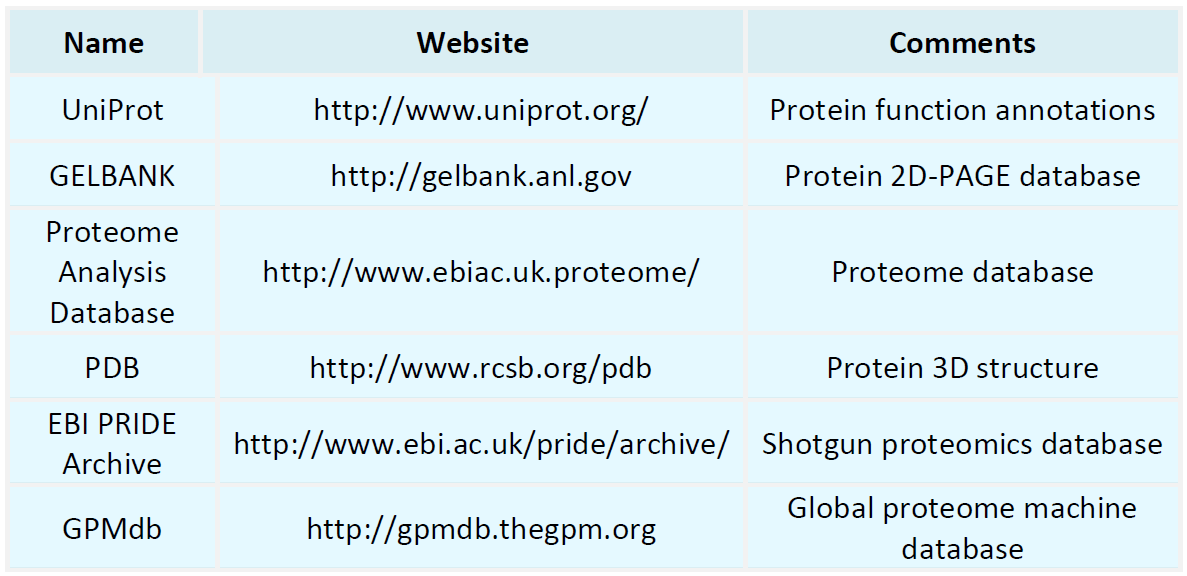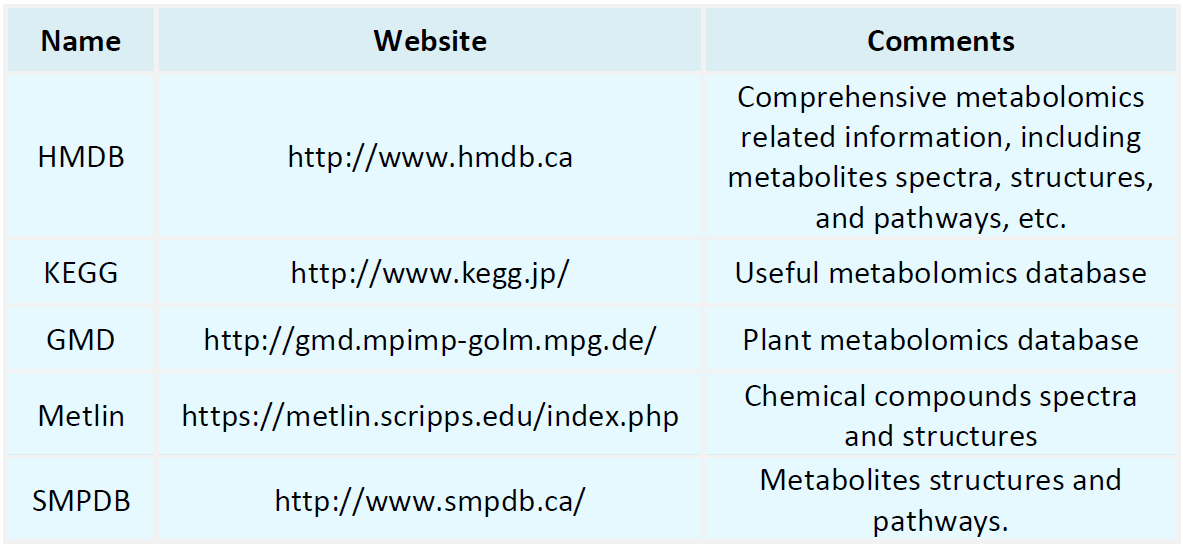Resources
Proteomics Databases

Metabolomics Databases

-
• High-Performance Liquid Chromatography (HPLC) for Protein Purity Evaluation
With the rapid advancements in biopharmaceuticals and life sciences, the demand for protein-based therapeutics and biologics has been steadily increasing. Protein purity not only directly influences biological activity and clinical safety but also plays a crucial role in optimizing manufacturing processes and ensuring product quality control. As a highly efficient, precise, and reproducible analytical technique, high-performance liquid chromatography (HPLC) occupies a central position in protein purit......
-
• Urine-Based Peptidomics Analysis: A Sensitive and Non-Invasive Approach for Biomarker Discovery
The choice of sample type plays a critical role in determining both the sensitivity and translational potential of proteomic and peptidomic analyses. Urine has emerged as a promising biofluid for biomarker discovery due to its non-invasive nature, ease of collection, and enrichment of physiologically informative molecules. Compared with the highly complex protein matrix of plasma, urine presents a lower protein background and a higher proportion of endogenous peptides, offering a superior signal-to-no......
-
• How Does Orbitrap Mass Spectrometry Enable Efficient Bottom-Up Proteomics Analysis?
Bottom-Up proteomics is achieved by enzymatic digestion of proteins into peptides, followed by mass spectrometry analysis for protein identification and quantification. Among the available mass spectrometry platforms, Orbitrap mass spectrometry, with its high resolution, high sensitivity, and outstanding mass accuracy, has become an indispensable tool in Bottom-Up proteomics. In this paper, we explore how Orbitrap mass spectrometry enables efficient Bottom-Up proteomics analysis and present the practi......
-
• Principles and Workflow of Shotgun Proteomics Analysis
Shotgun proteomics is one of the most extensively applied protein identification approaches in contemporary life science research. It plays a pivotal role in diverse domains, including elucidation of disease mechanisms, biomarker discovery, and drug target identification. As a high-throughput, untargeted analytical strategy, shotgun proteomics enables the simultaneous detection and identification of thousands of proteins within complex biological samples, serving as a powerful tool in systems biology.......
-
• Peptidomics vs Proteomics: A Comprehensive Analysis of Their Advantages and Limitations
Proteomics and peptidomics are two essential technologies in life science research. Both are omics-based approaches focusing on protein-related molecules. However, they differ substantially in research targets, methodological workflows, and application domains. Rather than being mutually exclusive, proteomics and peptidomics are complementary. A comprehensive comparison of their respective strengths and weaknesses will continue to provide high-quality data and interpretive support, fostering innovatio......
-
• Comprehensive Strategies for Characterizing Protein Purity and Homogeneity
In the biopharmaceutical industry, rigorous quality control of protein therapeutics is essential, with purity and homogeneity serving as two critical quality attributes. However, the distinction between these parameters and their respective analytical methodologies often remains unclear to many researchers and industrial R&D teams. Protein Purity: Emphasis on Impurity Content Protein purity refers to the proportion of the target protein within a given sample, serving as a fundamental indicator of non......
-
• Applications of Peptide Sequencing in Biomedicine, Agriculture, and Biotechnology
Peptides, as essential functional molecules in biological systems, play critical roles in signal transduction, immune response, enzymatic regulation, and other vital processes. The rapid advancement of peptide sequencing technologies—particularly in biomedicine, agriculture, and biotechnology—is accelerating the transition from molecular-level investigations to practical applications across these industries. Technical Background and Principles of Peptide Sequencing Peptide sequencing refers to the de......
-
• Principles, Advantages, and Applications of HPLC-Based Protein Purity Analysis
In the fields of life sciences and biopharmaceuticals, protein purity is a critical parameter for assessing sample quality and ensuring the reliability of downstream applications. High-performance liquid chromatography (HPLC), owing to its superior resolution, reproducibility, and sensitivity, has emerged as a pivotal technique for protein purity assessment. This article outlines the fundamental principles of HPLC-based protein purity analysis, its analytical advantages, and key application scenarios ......
-
• A Comprehensive Guide to the Determination of Protein Purity and Quantity
Proteins are fundamental biomolecules involved in a wide range of biological processes, from basic metabolism to complex signal transduction. In both life science research and the biopharmaceutical industry, accurate determination of protein purity and concentration is not only critical for ensuring the validity of scientific conclusions but also directly influences downstream applications and process development. Importance of Determining Protein Purity and Concentration In protein research and appl......
-
• How Does ABPP Contribute to Research on Tumors and Neurological Disorders?
As research on disease mechanisms increasingly advances toward cellular functions and molecular dynamics, the limitation of proteomics, capable of detecting expression but not activity, has become more evident. Particularly in complex disorders such as tumors and neurological diseases, alterations in protein functional states often provide more accurate insights into biological processes than changes in expression levels. Activity-Based Protein Profiling (ABPP), a representative technique in functio......
How to order?







